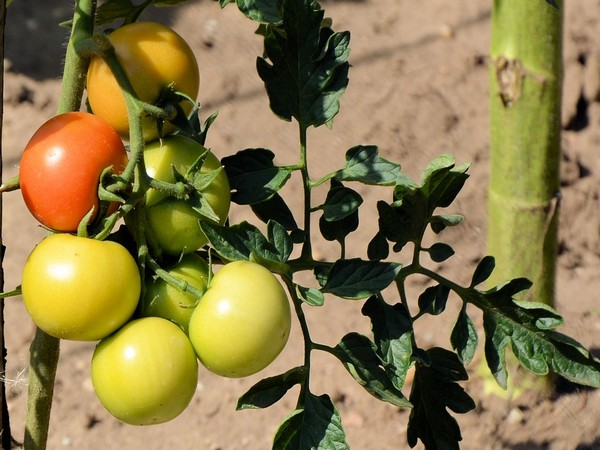Washington: The researchers have found an evolutionary function in wild tomato plants that could be used by modern plant breeders to create pest-resistant tomatoes.
Researchers traced the evolution of a specific gene that produces a sticky compound in the tips of the hairs, on the Solanum pennellii plant found in the Atacama desert of Peru.
These sticky hairs act as natural insect repellants to protect the plant, ensuring it will survive to reproduce.
“We identified a gene that exists in this wild plant, but not in cultivated tomatoes. The invertase-like enzyme creates insecticidal compounds not found in the garden-variety tomato. This defensive trait could be bred into modern plants,” said Rob Last, Professor of plant biochemistry in the study published in Journal of Science Advances.
“We want to make our current tomatoes adapt to stress like this wild tomato, but we can only do that by understanding the traits that make them resistant. We are using evolution to teach us how to be better breeders and biologists. For example, how can we increase crop yield by creating a pest-resistant plant and eliminate the need to spray fields with insecticides,” said Leong, co-lead author.
This discovery is a step toward understanding the natural insect resistance of Solanum pennellii plants, which could enable the introduction of this trait into cultivated tomatoes using traditional breeding practices.
[source_without_link]ANI[/source_without_link]

